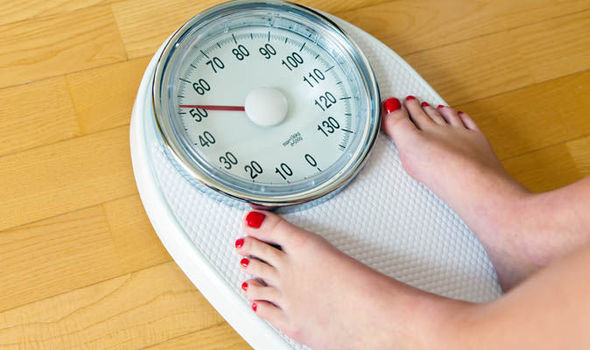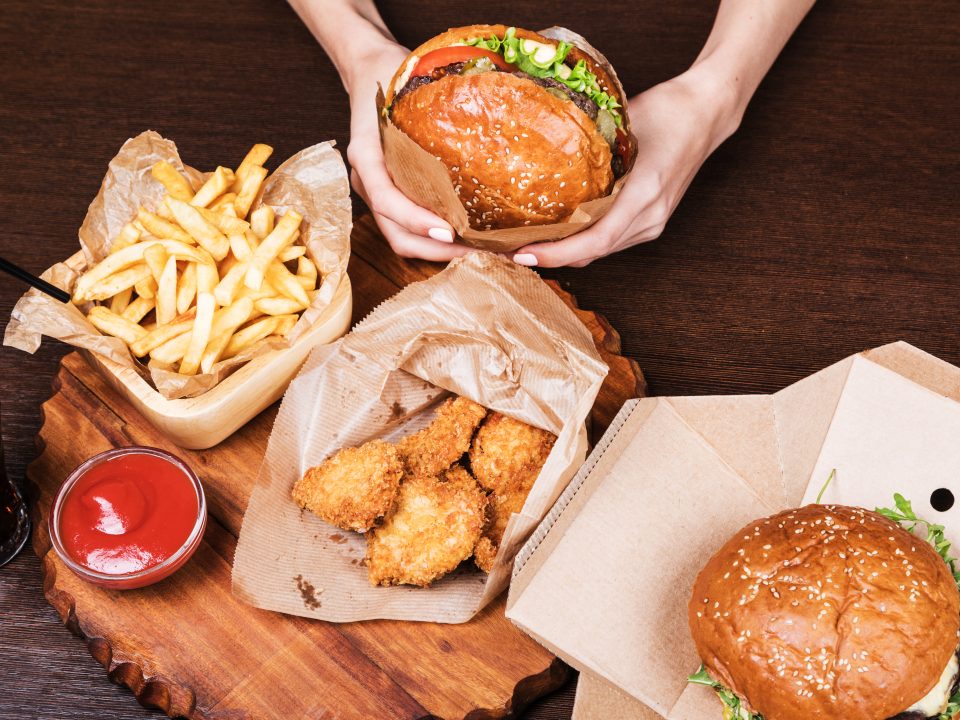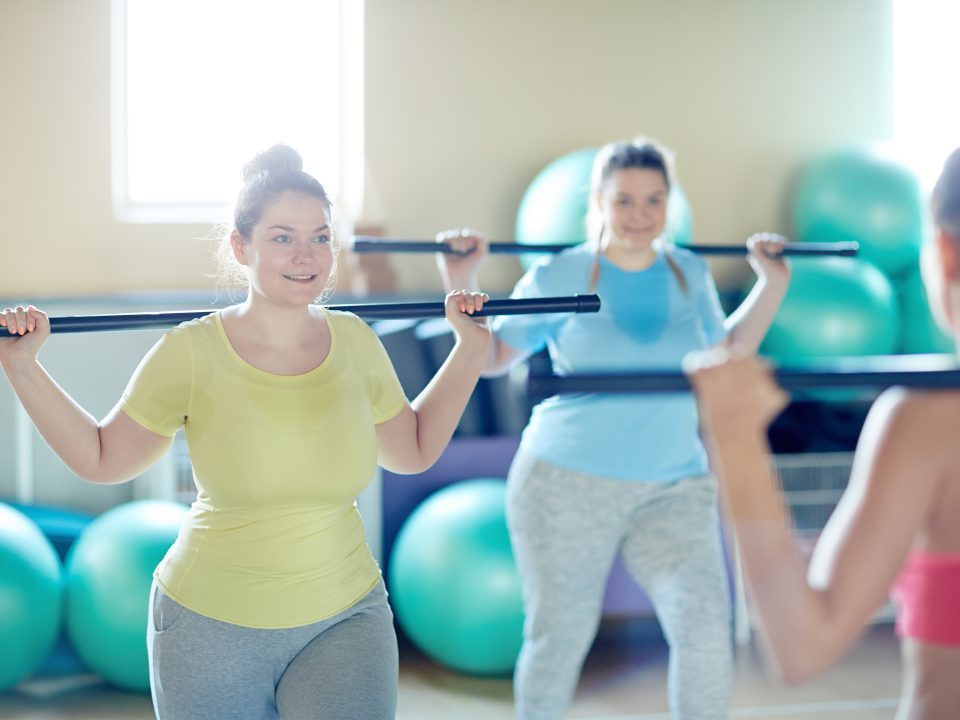Fructose when going sugar free
May 16, 2016Fighting food cravings
May 19, 2016Say you’ve been working really hard for weeks to watch what you eat plus you’ve been diligently getting up every morning to workout. Now imagine your disappointment when you jump on the scales and discover… that your weight has barely shifted at all! How could this be?!? Time to throw in the towel and decide that you are just incapable of losing weight no matter what you do right?
Not so fast.
|
Weighing yourself is a notoriously inaccurate method for tracking changes in your body composition. You’ve probably heard that muscle weighs more than fat, but there are a lot of other factors that can affect your weight. Changes in bone mass, whether your bladder is full, hydration status being affected by water intake, hot weather or exercise, hormones, and diuretics like caffeine- which make you go to the bathroom more often. One single number on those scales give no indication of how much of your weight is body fat, whether that fat is dispersed evenly around your body or whether it’s mostly in your abdominal area (more dangerous to your health). It doesn’t tell you whether you are carrying more fluid that day, or whether those workouts you have sweated through have built up your muscles. It doesn’t tell you whether you have gotten fitter, stronger, have better energy levels, or less headaches. This is where we need think think outside the box and measure our progress differently. Bioelectrical impedance analysis (BIA) n the simplest terms, these look like regular scales but BIA scales send a very small harmless current up one leg and back down the other, and because muscle, bone, fat, and water conduct this current differently, the scales can estimate the % of each in your body taking into account your weight and height measurements. You can find BIA scales at a relatively inexpensive price compared to other fitness equipment, but the higher quality devices seem to be a little more accurate. Some allow you to track your weight, body fat percentage, visceral fat percentage (around your midsection), bone mass, water percentage, metabolic rate and age. So instead of being dumbfounded in seeing your weight plateau, you might see your bone and muscle mass has increased and your body fat percentage has decreased! Or you may find that all that walking has dropped the amount of fat sitting around your abdominal area and organs (hello reduced disease risk!). Or you may find that you are just carrying a lot of water weight that day. The thing you need to take into account with BIA scales is that a lot of things can change the results you get, and accuracy will differ depending on the device. The best way to use BIA scales is to keep things as consistent as possible, and use them to track your progress rather than using the data for one day to compare yourself to ideals. Even the less accurate inexpensive models can help you see trends over time for improvements in body composition. For the most accurate measures: |
– Stay well hydrated, use the bathroom before measuring, and avoid testing first thing in the morning which is when you will test to be the most dehydrated.
– Measure at the same time of day and before meals. Before dinner can be an ideal time (assuming you haven’t had a late afternoon tea).
– Use alcohol wipes on the surface where you will be standing and ensure the scales and your feet are completely dry.
– Take measurements in the same room each time and on a hard surface (not carpet).
– Avoid taking your measurements straight after a workout, waiting a few hours and making sure you rehydrate is vital.





